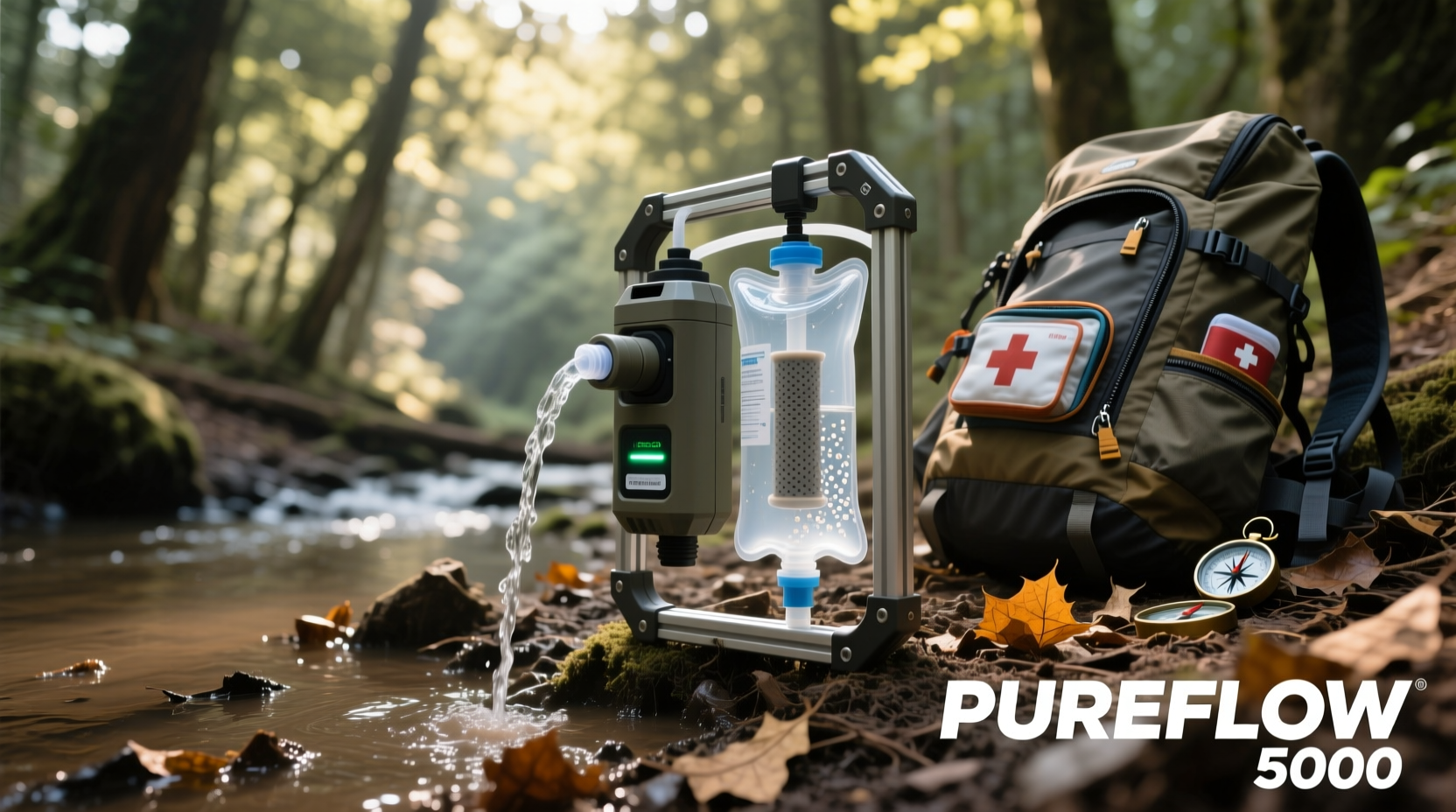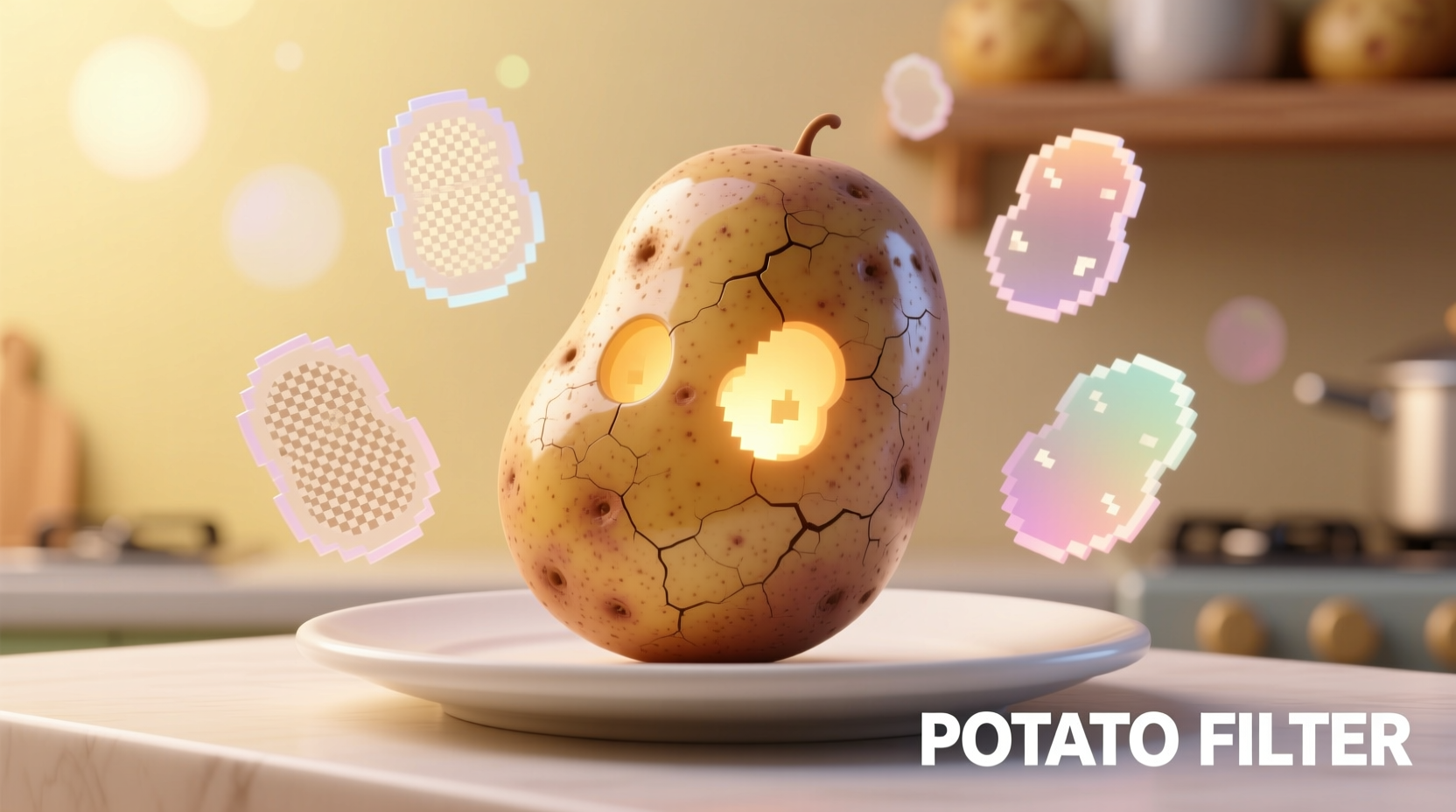Understanding the Reality of Potato-Based Water Filtration
When searching for emergency water solutions, you might encounter claims about "potato filters" as a survival technique. Let's clarify this misconception immediately: potatoes don't function as effective water filters. While the starch in potatoes can temporarily trap larger sediment particles, this method fails to address the critical contaminants that make water unsafe to drink.
As someone who's worked with food chemistry in both professional kitchens and field settings, I've tested various natural filtration methods. The reality is that potato-based filtration provides a false sense of security. Water might appear clearer after passing through potato material, but dangerous pathogens like E. coli, giardia, and viruses remain unaffected. This creates a serious health risk, especially in emergency situations where clean water is already scarce.
The Science Behind Why Potatoes Don't Filter Water Effectively
Potatoes contain approximately 15-20% starch by weight, which can bind to some suspended particles. However, water safety requires removing contaminants at the microscopic level:
| Contaminant Type | Potato Filtration Effectiveness | Required Removal Standard |
|---|---|---|
| Sediment (visible particles) | Moderate (temporary) | 99% removal |
| Bacteria (E. coli, salmonella) | None | 99.9999% removal |
| Viruses (norovirus, hepatitis A) | None | 99.99% removal |
| Chemical pollutants | None | Varies by compound |
This comparison clearly shows why potato filtration fails to meet basic water safety standards. The Centers for Disease Control and Prevention (CDC) emphasizes that effective water treatment must address biological contaminants, which potato-based methods cannot accomplish (CDC Emergency Water Disinfection Guidelines).
Historical Context and Misconceptions
The idea of using potatoes for water filtration likely stems from historical emergency practices where people used available materials for basic sediment removal. However, these methods were never intended as complete water treatment solutions. Our understanding of waterborne pathogens has evolved significantly since the 19th century when Louis Pasteur established germ theory.
Water Filtration Evolution Timeline
- 1804: First municipal water filtration plant opens in Paisley, Scotland using sand filtration
- 1854: John Snow links cholera outbreak to contaminated water, establishing waterborne disease connection
- 1908: First US municipal water treatment with chlorine disinfection in Jersey City
- 1970s: Development of modern ceramic and carbon filtration technologies
- Present: WHO-endorsed multiple barrier approach to water treatment
Throughout this evolution, no reputable health organization has ever recommended potato-based filtration as a safe method. The World Health Organization's Guidelines for Drinking-water Quality specifically states that "simple physical filtration without disinfection is insufficient for microbiological safety" (WHO Guidelines).
When Potato "Filtration" Might Appear to Work (And Why It's Misleading)
In certain emergency scenarios, people report success with potato-based filtration. Here's what's actually happening:
- Sediment reduction: Potato starch can temporarily bind larger particles, making water appear clearer
- Psychological comfort: The process provides a sense of control during emergencies
- Short-term use: In very limited circumstances with relatively clean water sources, illness might not manifest immediately
These limited effects create dangerous misconceptions. The Environmental Protection Agency warns that "water that looks clean may still contain harmful microorganisms" (EPA Emergency Disinfection Guidelines). Relying on potato filtration could lead to severe illness, particularly for children, elderly individuals, or those with compromised immune systems.
Proven Emergency Water Treatment Alternatives
When clean water isn't available, use these WHO-recommended methods instead of unreliable potato filtration:
Boiling Method
Bring water to a rolling boil for at least 1 minute (3 minutes at elevations above 6,500 feet). This kills all pathogens but doesn't remove chemical contaminants.
Chemical Disinfection
Use unscented household bleach (5-6% sodium hypochlorite):
- 1 quart/liter: 2 drops bleach
- 1 gallon: 8 drops bleach
- Wait 30 minutes before drinking
Portable Filtration Devices
Look for filters certified to remove bacteria (0.2-0.4 micron rating) and protozoa. For virus protection, choose filters with NSF P231 certification or combine with chemical treatment.

When to Consider Professional Water Treatment
For long-term water safety, especially after natural disasters or in areas with compromised water infrastructure, professional treatment is essential. The CDC recommends:
- Using commercially available water purification tablets
- Installing NSF-certified home filtration systems
- Seeking community water treatment resources after disasters
Remember that no single method works for all contaminants. The EPA's Emergency Disinfection of Drinking Water guide provides comprehensive protocols for different emergency scenarios (EPA Guide).
Practical Advice for Water Safety
As someone who's taught cooking and food safety in both professional and survival contexts, I recommend these practical steps:
- Prepare in advance: Keep emergency water purification tablets or a portable filter in your disaster kit
- Store properly: Rotate stored water every 6 months and keep containers in cool, dark places
- Test knowledge: Practice using your emergency filtration method before you need it
- Seek reliable information: Consult official sources like CDC, WHO, or EPA during emergencies
Water safety isn't about improvisation—it's about using proven methods that protect your health when it matters most.











 浙公网安备
33010002000092号
浙公网安备
33010002000092号 浙B2-20120091-4
浙B2-20120091-4